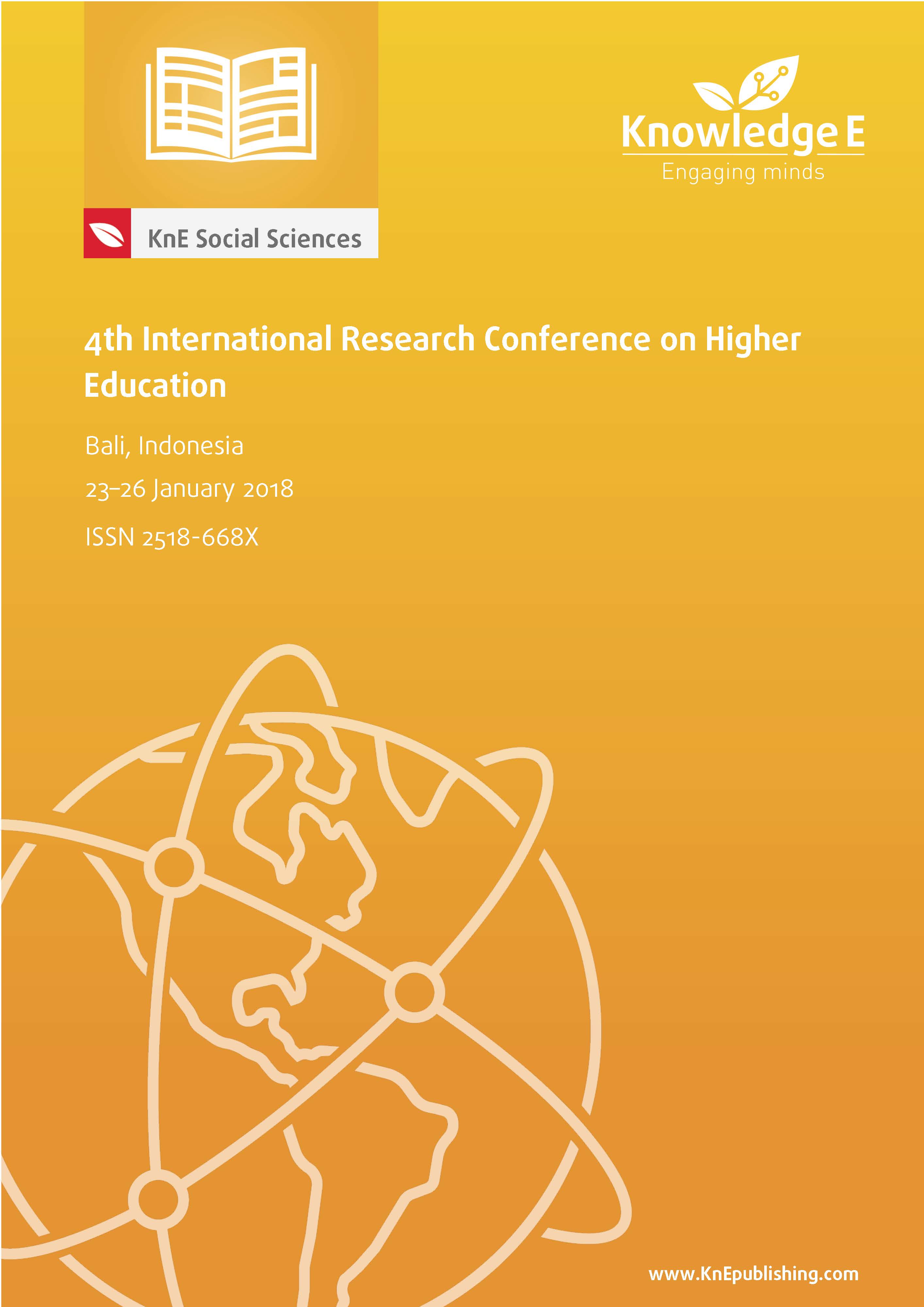Performance Analysis of Locally Fabricated Electronic Electronic Rice Stink Bug (Leptocorisa Oratoriu. Fabricius) Control Device
DOI:
https://doi.org/10.18502/kss.v3i6.2410Abstract
The study analysed the performance of a locally fabricated electronic pester that basically intended to control the massive presence of rice stink bugs that destroys the performance of the development of rice grains by attracting and electrocuting the pest. The physical experimental method of the study was performed in the actual area of rice field at Narra, Palawan, Philippines. The experimental observation was conducted
during the daytime from 8AM to 5AM which determines the effective height and distance of the device in controlling the rice stink bugs and the correlation of trapping the bugs using this locally fabricated electronic pester to the weather conditions. The result showed that there is no significant relationship between the established distance for capturing stink bugs at 2m, 3m, 4m and 5m distance separation, but it has a moderate correlation between the numbers of attracted stink bugs to the atmospheric temperature and negligible correlation to humidity. The height at ground level and 0.152 m. (0.5 ft) below the rice height attracted more stink bugs. At the different height of observation the attracted rice stink bugs has a moderate correlation
to humidity, and it has no correlation to the atmospheric temperature. Thus, the result implies that the attracted stink bugs were not affected by the temperature at different height location of the device. The device was concluded as efficient which its 12VDC supply electronically step-up to electrocute the pest and recommended to consider having bigger size of attractant agent for possible more effective purpose.
Keywords: Control device, rice stink bug, electronic
References
International Rice Research Institute. 2013. Rice Almanac, 4
Pathak M. D. and Z. R. Khan, 1994. ‘’Insect Pests of Rice” International Rice Research Institute. ISBN 971-22-0028-0
Pingali P.L. and M. Hossain, 1998. “International Rice Research Institute” Los Banos, Philippines
Rice Production Handbook. 2001. Cooperative Extension Service, University of Arkansas. Publication number MP 192. p. 126
Chinnaswamy R, Patel RJ (1983) Effect of pesticide mixtures on the blue green alga, anabaena flosaquae. Microbiology page 141
Bowling, C.C. 1962.Effect of Insecticides on Rice Stink Bug Populations. J. Econ. Entomol. Pp. 648-651.
Espino, L. 2007. Relative susceptibility of stages of rice panicle development to male and female Oebalus pugnax. Southwest. Entomol.. 32:(4): 203-212.
S.Chelliah and K.Gunathilagaraj. Pest Management in Rice-Current Status and Future Prospects, Tamil Nadu Agricultural University, Coimbatore 641 003, India.
Way, M.O. 2009. Farming Rice: A monthly guide for Texas growers, pp 3-4 In L.T.Wilson [ed.], Texas Rice: Texas A&M AgriLIFE Research Newsletter. Vol. 9:4. Texas AgriLife Research and Extension Center, Beaumont, TX.
Bernhardt, J.L. 2009. Color changes and development of eggs of rice stink bug (Hemiptera: Pentatomidae) in response to temperature. Ann. Entomol. Soc. Am. 02: 638-641.

